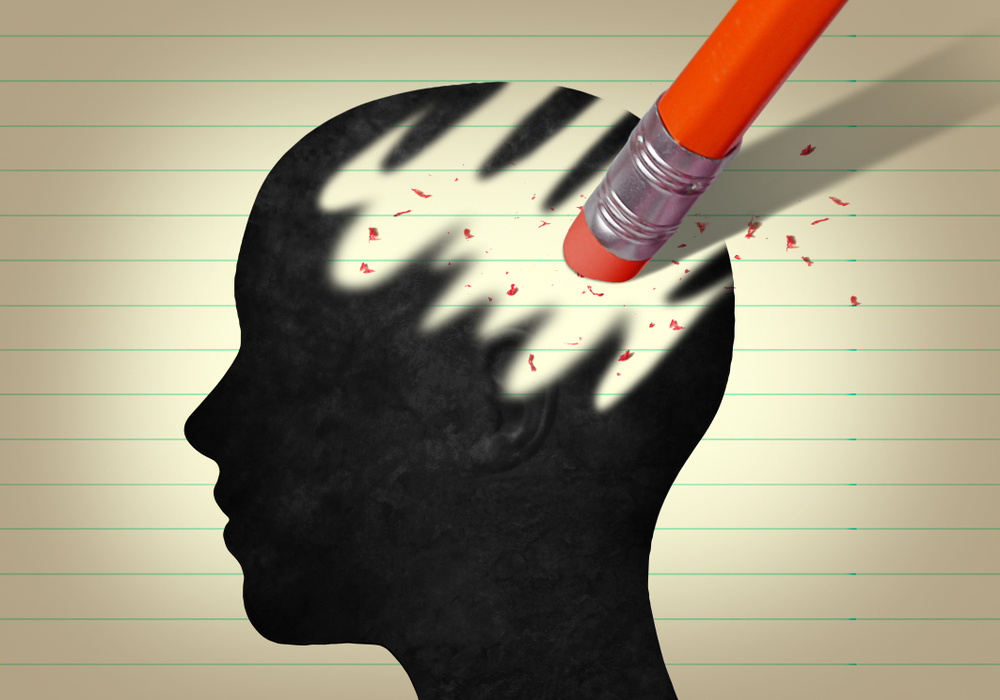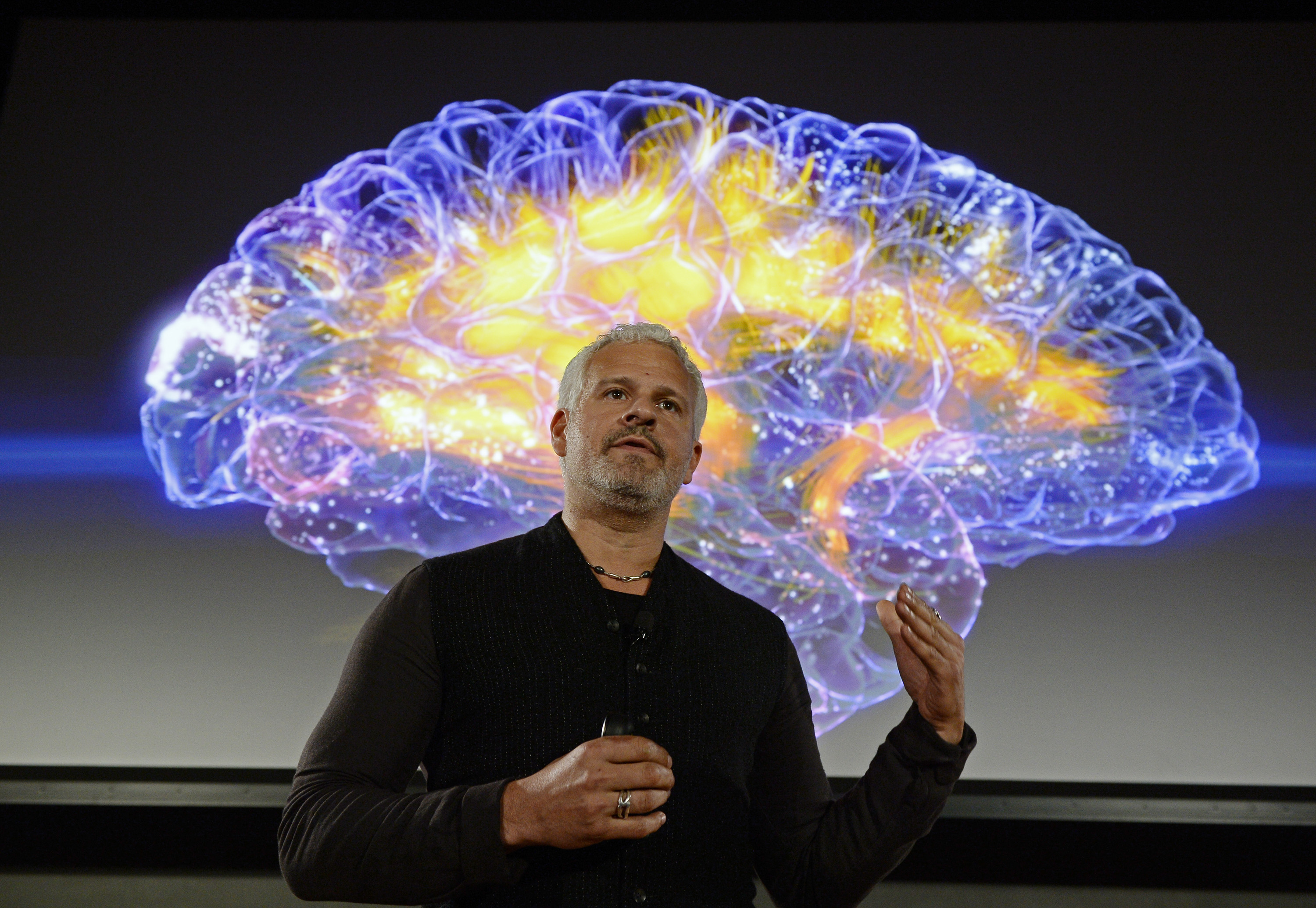Neuroscientists Succeed in Planting False Memories in the Brain

What’s the Latest Development?
Using a technique called optogenetics, which can activate and cause brain cells to fire by shining light on them, neuroscientists at MIT have successfully activated false memories in the brain. In an experiment in which mice learned to associate being present in a particular chamber with an electric shock, scientists were able to instill fear in the mice when they were in a completely different chamber. This was accomplished by activating the neurons which contained the memory of the first chamber. Thus scientists have confirmed that complete memories are contained in specific neurons and that they can be activated at will.
What’s the Big Idea?
Observers of legal proceedings have long documented the fallibility of our memories when it comes to eyewitnesses identifying the person they initially saw commit a crime. As a result, defendants have been found guilty based on testimony from witnesses and victims who were sure of their recollections, but DNA evidence later overturned the conviction. “Whether it’s a false or genuine memory, the brain’s neural mechanism underlying the recall of the memory is the same,” says Susumu Tonegawa, the Picower Professor of Biology and Neuroscience and senior author of a paper describing the findings in the July 25 edition of Science.
Photo credit: Shutterstock.com





